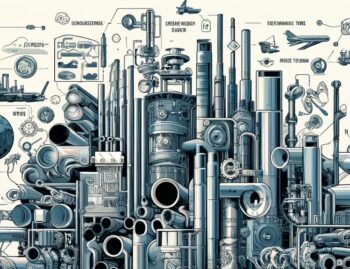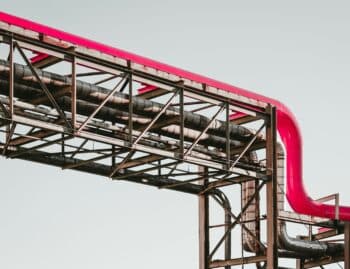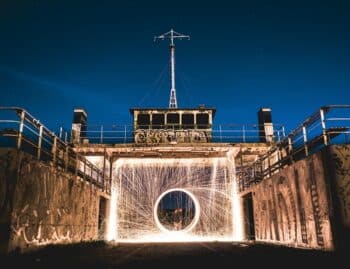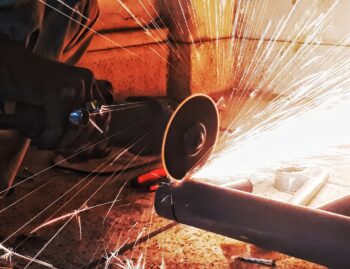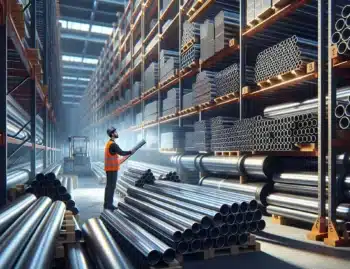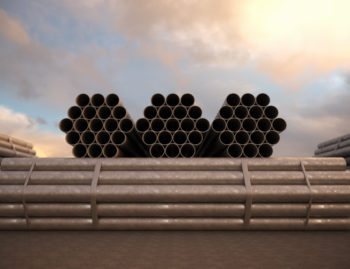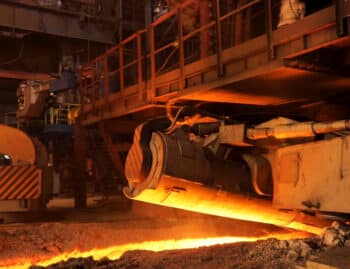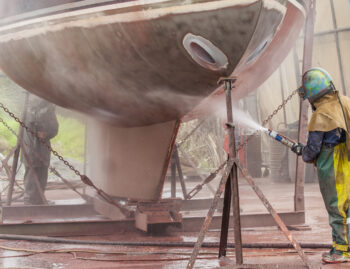
In the early years of baseball, the stadiums in which the games were played were largely made out of wood. But, this changed at the end of the 19th century. This is when so-called “jewel-box” stadiums began.
Jewel-box stadiums are the ones that we all know and love today, which could have only come into being through the use of steel.
The Era of Wooden Ballparks
The era of wooden ballparks lasted from about 1875 to the early years of the 20th century. During this time, nearly 30 baseball parks were constructed, and entirely with wood.
Ballpark owners used wood because it was cheap. Since the sport of baseball had not yet shown itself to be lucrative, they needed to save money.
Shribe Park and the Era of Steel
In the early part of the 20th century, ballpark owners finally felt secure enough about the economics of baseball. This led to the construction of very first ballpark made out of steel: Shribe Park in Philadelphia.
Completed in 1909, Shribe Park was home to both the Philadelphia Phillies and the Philadelphia Athletics. Since the stadium was made from steel, the designers of it could create what is called a two-tier grandstand.
This allowed fans a much closer and more intimate view of the game from the upper decks. In turn, the game’s popularity also increased.
Steel Stadiums Come to New York
With the rousing success of Shribe Park, the concept of using steel to build ballparks spread. It would not be long before the concept spread to baseball’s biggest market: New York City. At the time, NYC had three major league baseball franchises.
In 1913, Charles Ebbets built Ebbets Field in the Flatbush section of Brooklyn. Its goal was to replace the old wooden ballpark the then Brooklyn Dodgers made their home. Noted for its unique and intimate design, Ebbets Field was home to the Dodgers until the team left Brooklyn for Los Angeles in 1957.
The House that Ruth and Steel Built
Of course, Ebbets Field would not be the last New York baseball park built from steel. In 1923, the New York Yankees built what many consider to be the crown jewel of all baseball stadiums: Yankee Stadium.
At the time it was built, Yankee Stadium was known as “The House that Ruth Built.” This was because Babe Ruth had proven himself to be such a successful baseball player. As a result, the team needed a much bigger stadium to house all their new fans. However, this stadium also could not have been built without steel.
The designers of Yankee Stadium took the two-tier grandstand design that had been so successful in Philadelphia one step further. They did this by creating a 3-tier grandstand, which is something that would not have been possible without the use of steel.
By harnessing the power of steel, the designers of Yankee Stadium were able to create what was then the biggest stadium in all of baseball.


